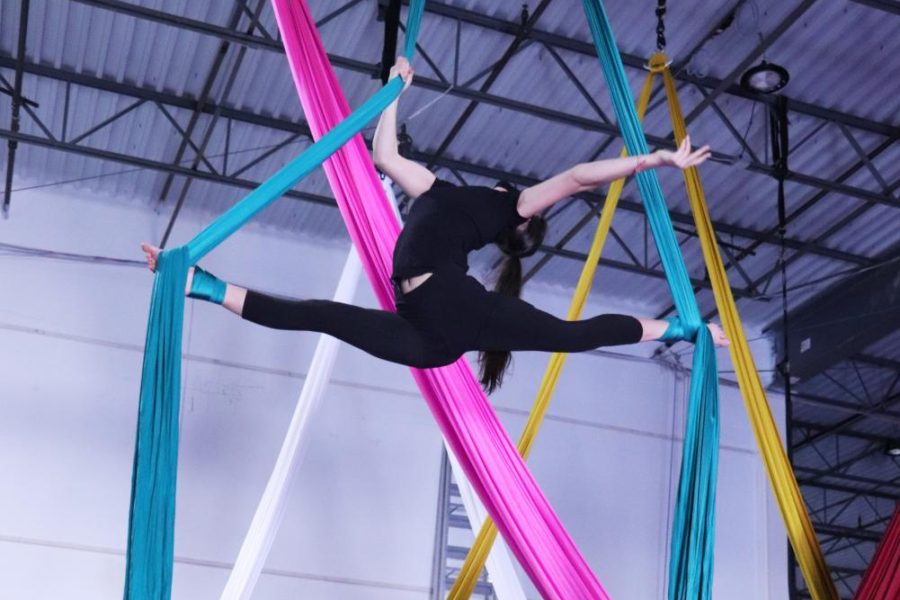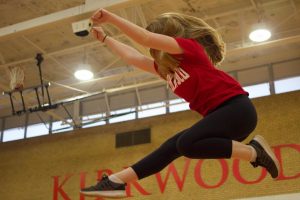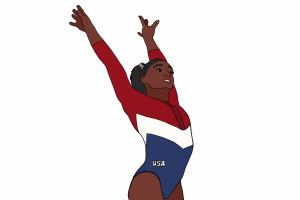Wrapped up
Natalie Bednarksi practices her aerial silks skills on March 5.
Wild and extravagant music, miniature cars packed with ridiculous clowns, massive red and white striped tents and fearless acrobats performing daring stunts dozens of feet in the air. The elements of the circus have dazzled children and adults alike with the fantastical feats of the performers.
Acrobats have become mainstream in the last 40 years, with Cirque du Soleil and P!nk being two notable trailblazers in aerials. Classes in everything from trapeze to rope to Lyra (hoop) have become available. Aerial silks, a type of acrobatics performed while hanging from a fabric, is one of the more popular skills to learn.
Sadie Moore, freshman, was introduced to aerial silks through watching performances of the popstar P!nk as a child. Since she started at a young age, she said she has spent a lot of time building upper body strength.
“The hardest part about aerials is you have to be focused and strong the whole time,” Moore said. “But you have to make it look pretty. That’s the part I struggle with.”
Unlike Moore, Natalie Bednarski, freshman, has been practicing aerial silks for only four years. She was a gymnast before transitioning to aerials, and she said her gymnastics training has helped her with silks.
“I liked bars in gymnastics, so that translated pretty well to aerials,” Bednarski said. “I really liked doing stuff in the air when I was a gymnast.”
Bednarski practices at OnTheFly, where Colleen Patton is a teacher. Patton said succeeding at a skill is encouraging as an aerialist herself and as a teacher.
“It’s very rewarding when I finally get [a skill] that I’ve been working so hard for and not been strong enough for,” Patton said. “You can get very discouraged by how hard things can be, so when you get a skill or a certain trick, it’s very rewarding for me. From a coach perspective, it’s very rewarding when your students get things that they’ve been trying so hard for.”
Patton emphasized how the mental and physical aspects of aerials work together, which is something Moore has also focused on. Her first instructor taught about the connection between mind and body, which Moore implements in her daily life.
“The coolest thing I’ve done is overcome the emotional aspect of [silks by] remembering that growth is not linear,” Moore said. “If I don’t train, a lot of the things that I was able to do last week I can’t do anymore. [That] used to stress me out a lot.”
Moore said her performance mindset is different from her thoughts during practice. In order to stay calm while performing, she tries to focus on one skill at a time. For Bednarski, the moments leading up to performing are the most stressful.
“Once I’m doing it and after I finish, it’s very exciting,” Bednarski said. “Once I’m in the air, I’ve practiced the routine multiple times before, so I know what I’m doing.”
Performing is an essential part of aerial silks and a positive aspect for Bednarski. She said doing aerials has built her confidence and social skills because of the interactions it has given her.
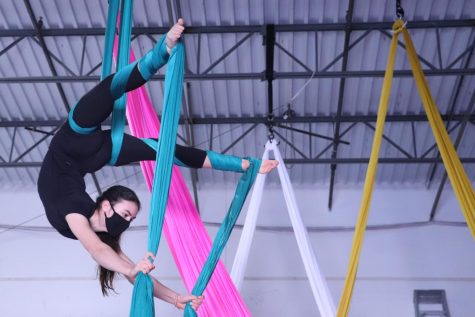
“Finding opportunities and meeting new people is a big part of circus and aerials in general,” Bednarski said. “There’s people I wouldn’t have met, and a lot [about] finding opportunities for myself I probably wouldn’t have learned.”
Both Bednarski and Moore plan to continue practicing aerial silks throughout high school. Although Moore has been doing aerials since she was a kid, she encourages anyone to try it.
“Whenever [people] hear me talk about aerials or whenever they see [me performing], they’re like, ‘Oh, that’s something I could never do,’ [or] ‘I don’t really know how they do it,’” Moore said. “But everyone can do aerials and everybody should get the experience at least once. It’s changed my life. And I think that if people knew you could sign up for this and just try it once, they’d be more inclined to do it.”
Your donation will support the student journalists of Kirkwood High School. Your contribution will allow us to purchase equipment and cover our annual website hosting costs.
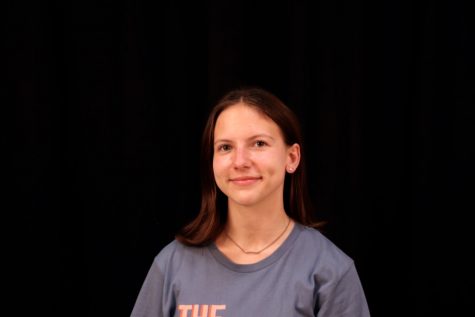
she/her
Hobbies and Interests: Reading, writing, track, music
Favorite Song: "Jackie and Wilson" by Hozier (currently)
Favorite Quote: "Since...

she/her
Hobbies and Interests: Photography, spending time with family and friends, hiking, traveling.
Favorite Song: "More Than A Woman" by the Bee...


